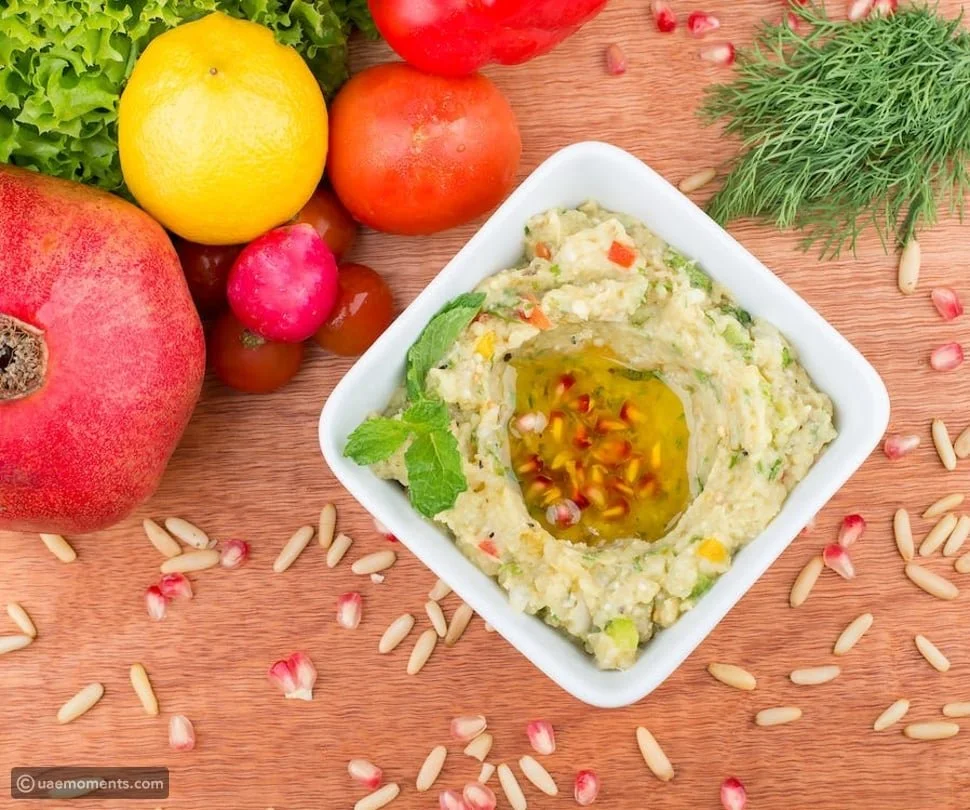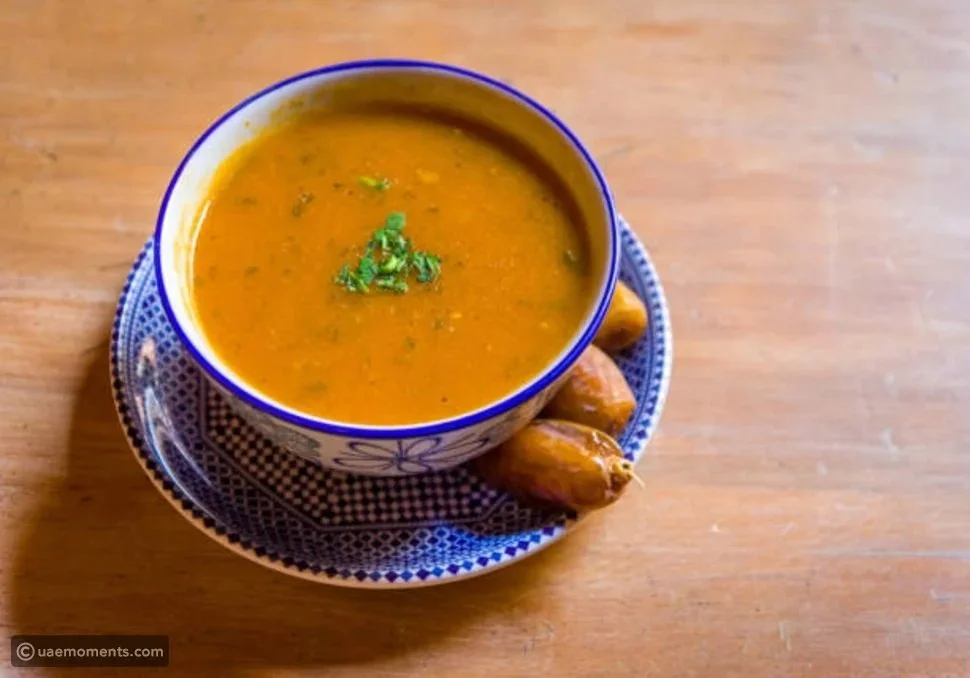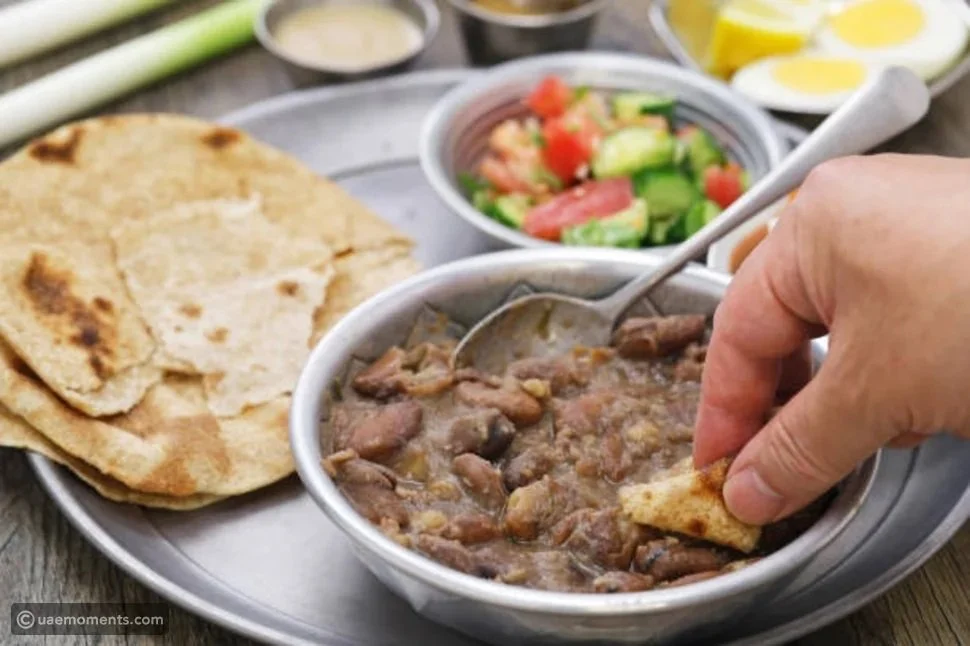Exploring the Rich Heritage of Plant-Based Cuisine from the Middle East and North Africa
While many people associate Mediterranean cuisine primarily with meat dishes, the Middle East actually boasts a wide array of naturally vegan dishes. These plant-based recipes have been part of the region’s culinary tradition long before veganism became popular.
The rich and diverse culinary traditions of the region offer a treasure trove of naturally vegan dishes. From the Levant to the Arabian Peninsula, many traditional recipes are plant-based, reflecting a deep connection to the land and its bounty. Let’s explore some of the most beloved vegan dishes that have been enjoyed for generations.
1. Hummus
Hummus is perhaps the most famous Middle Eastern dish globally. While the exact origins of hummus are widely disputed, it is often believed to have originated in Egypt. Made from blended chickpeas, tahini (sesame paste), lemon juice, garlic, and olive oil, this creamy dip is both nutritious and delicious. It’s often served with pita bread or fresh vegetables.
2. Falafel
Another dish that hails from Egypt is falafel. Falafel, deep-fried balls or patties made from ground chickpeas or fava beans, is a staple street food across the Arab world. These crispy delights are typically seasoned with herbs and spices like parsley, cumin, and coriander, and are often served in pita bread with salad and tahini sauce.
3. Mujaddara
Mujadara is a traditional dish made of lentils and rice, originating from ancient Mesopotamia, now known as Iraq. Mujaddara is a hearty dish made from lentils, rice, and caramelized onions. It’s a comfort food that is both simple and satisfying, often seasoned with cumin and served with a side of yogurt or a fresh salad.
4. Tabbouleh
Tabbouleh is a salad originating from the mountains of Lebanon and Syria, with a history dating back to the Middle Ages. This refreshing salad is made from finely chopped parsley, tomatoes, onions, and bulgur wheat, all tossed in a lemon and olive oil dressing. Tabbouleh is a vibrant and healthy dish that is perfect for a light meal or as a side dish.
5. Baba Ghanoush
Baba Ghanoush is a Lebanese smoky, creamy dip made from roasted eggplants, tahini, lemon juice, garlic, and olive oil. It’s similar to hummus but offers a distinct flavor profile thanks to the roasted eggplants.
6. Stuffed Grape Leaves (Yalanji)
Yalanji, or stuffed grape leaves, are a popular appetizer in many Arab countries. These delicate rolls are filled with a mixture of rice, pine nuts, and herbs, and are often served cold with a drizzle of olive oil and a squeeze of lemon.
7. Fattoush
Fattoush originated in Northern Lebanon, where farmers would fry leftover pita bread and mix it with vegetables. Fattoush, a traditional Levantine salad is made with mixed greens, tomatoes, radishes, cucumbers, and crispy pieces of pita bread. It’s dressed with a tangy sumac and lemon vinaigrette, making it a flavorful and refreshing dish.
8. Lentil Soup
Lentil soup is a staple in many Arab households, especially during the colder months. Made with red or brown lentils, onions, carrots, and spices like cumin and coriander, this soup is both nourishing and comforting.
9. Koshary
Koshary was introduced to Egypt by British colonizers in the early 1900s, originating as a lentil and rice dish brought by Indians who accompanied them. The Italian community in Egypt at the time modified the recipe by adding pasta. Today, koshary consists of rice, lentils, and pasta, with some variations including chickpeas and tomato sauce.
10. Harira Soup
Harira soup has its origins in North Africa, though its exact beginnings are unclear. It is predominantly enjoyed in Morocco and Algeria. This soup is made with tomatoes, lentils, and chickpeas, and is flavored with ginger, cinnamon, and pepper.
13. Zalouk
Zalouk is a Moroccan dish featuring roasted eggplant and tomatoes, seasoned with cumin, paprika, cilantro, lemon, and olive oil. It is typically served as a side dish to complement a main course.
14. Ful Mudammas
Ful Mudammas, often simply called ful, is an Egyptian dish. It is a stew made from fava beans combined with olive oil and cumin. Common additional ingredients include chopped parsley, onion, and fresh lemon juice.
Conclusion
The Middle East and North Africa are home to a vibrant array of naturally vegan dishes that have been cherished for centuries. These plant-based recipes not only highlight the region’s rich culinary heritage but also demonstrate the deep connection between the people and their land. From the creamy hummus of the Levant to the hearty mujaddara of Mesopotamia, these dishes offer a glimpse into a tradition where plant-based eating is both a cultural norm and a culinary delight.













